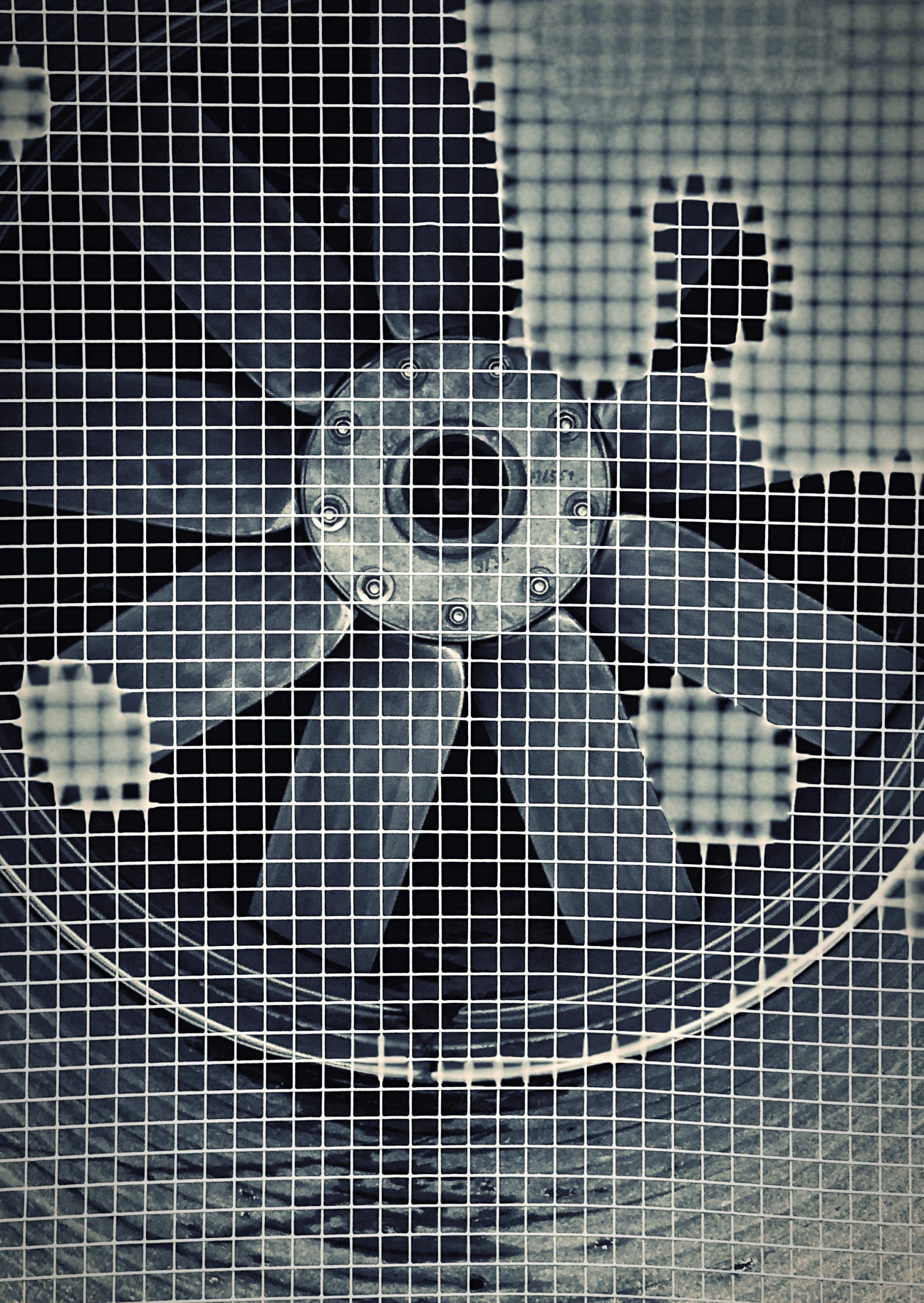The kitchen is the heart of your home or business, a place where meals are created, and memories are made. But as you prepare these meals, you also generate smoke, heat, and odors that can compromise your indoor air quality. A well-designed kitchen ventilation system ensures that your cooking environment remains healthy, safe, and efficient. It manages these factors, providing an array of benefits such as safety from fire hazards, improved air quality, and energy efficiency. Herein, we’ll explore key aspects to consider when creating an effective ventilation system in your kitchen.
Understand the Role of Ventilation in Kitchens
To appreciate the importance of kitchen ventilation, you need to understand its role. In a nutshell, kitchen ventilation systems provide an outlet for airborne contaminants and excess heat generated during cooking. This process keeps the kitchen environment clean, safe, and comfortable for both residential and commercial settings.
In the same genre : What are the best low-noise appliances for open-plan UK kitchens?
In a commercial kitchen, such as a restaurant, the ventilation system also helps control the levels of grease and smoke. Excessive accumulation of grease can pose a significant fire hazard, making this aspect of ventilation vitally important for safety reasons. Likewise, an efficient system keeps the air clean, reducing health risks to staff and customers alike.
Ventilation systems also regulate temperature, preventing your cooking equipment from overheating. In doing so, they prolong the lifespan of your appliances and save energy in the process.
Additional reading : What are the best low-noise appliances for open-plan UK kitchens?
Factors to Consider when Choosing a Ventilation System
An effective ventilation system is crucial, whether it’s for your home kitchen or a commercial hub. Several factors require consideration when choosing the right system for your needs. These include the size of your kitchen, the type of cooking equipment you use, and the layout of your building.
Firstly, the size of your kitchen directly impacts the type of ventilation system required. Larger kitchens, especially commercial ones, often require complex systems such as commercial hoods and exhaust fans. On the other hand, a smaller, residential kitchen might only need a simple range hood.
Secondly, the type of cooking equipment greatly affects the amount of heat and smoke generated. Heavier cooking equipment commonly used in restaurants generates more smoke and grease, requiring a more robust ventilation system.
Lastly, the layout of your building, specifically the positioning of windows and doors, can influence your ventilation strategy. In some cases, strategic positioning of windows can aid in enhancing the effectiveness of your ventilation system by allowing a natural inflow and outflow of air.
Different Types of Ventilation Systems
When it comes to kitchen ventilation, there are various systems to choose from, each designed to meet specific needs. Key options include range hoods, exhaust fans, and commercial ventilation hoods.
Range hoods, which are installed over your cooking range, are ideal for both residential and smaller commercial kitchens. They direct smoke, grease, and heat upwards and out of the kitchen, ensuring a clean and comfortable environment.
Exhaust fans, on the other hand, are perfect for larger kitchens or those with heavy cooking equipment. They are typically installed in the ceiling and work by drawing air upwards, capturing and removing airborne contaminants in the process.
For large commercial kitchens, commercial ventilation hoods are the way to go. They are designed to handle high volumes of heat, smoke, and grease, ensuring a safe and hygienic environment.
The Importance of Regular System Maintenance
An efficient ventilation system is not only about choosing the right equipment but also about maintaining it. Regular maintenance ensures your system stays in top shape, offering maximum efficiency and safety. It involves cleaning the air ducts to remove accumulated grease and dirt, replacing filters, and checking for any potential system faults.
In a commercial kitchen, where the volume of cooking and, consequently, the accumulation of grease is high, professional cleaning of the ventilation hoods should be carried out routinely. This regular upkeep prevents grease buildup, reducing the risk of fire.
Maintenance also involves checking and replacing filters. Filters trap grease, smoke, and other particles, ensuring they don’t enter your ventilation system. Over time, these filters can become saturated and lose their effectiveness, making regular replacement crucial.
Lastly, conducting routine checks for system faults is essential. This proactive approach allows for early detection of any potential problems, ensuring they are addressed before escalating into severe issues that could compromise the safety and efficiency of your kitchen.
In Conclusion
Creating an efficient ventilation system in your kitchen is a multi-faceted process. It involves understanding the role of ventilation, considering various factors when choosing a system, exploring different types of systems, and committing to regular system maintenance. By considering these aspects, you can ensure a safe, clean, and comfortable cooking environment.
Creating an Optimal Layout for Your Ventilation System
When designing a kitchen ventilation system, special attention should be paid to the kitchen layout. The layout influences how effectively your ventilation system works. Ideally, your system should be designed to create a consistent airflow from one end of the kitchen to the other. This ensures that smoke and airborne contaminants are efficiently drawn away from the cooking area and expelled out of the building.
The type of cooking equipment you use can affect the positioning of your ventilation system. For example, equipment that generates a lot of heat or smoke should be placed near the ventilation hood or exhaust fans. This placement allows the system to quickly capture and remove heat and smoke from the kitchen.
Furthermore, the positioning of kitchen windows can drastically influence the effectiveness of your ventilation system. Windows placed strategically around your kitchen can provide natural ventilation, aiding in the circulation of fresh air throughout the space. This can help to further reduce heat and enhance indoor air quality.
In a commercial kitchen, the layout is even more important. Commercial kitchens typically have multiple cooking stations, each generating its own heat and smoke. Your ventilation system needs to efficiently manage these multiple sources of contaminants. This might involve installing multiple range hoods or exhaust fans, depending on the size and layout of your commercial kitchen.
Implementing Ventilation Strategies in Your Restaurant
For owners of restaurants and other food service establishments, effective kitchen ventilation is an absolute necessity. It’s not just about maintaining a comfortable temperature or managing odors – it’s about safety and compliance with health regulations.
A well-designed ventilation system in your restaurant can help you avoid health code violations and the potential legal issues that may follow. This system should include both general ventilation, which maintains air quality throughout the kitchen, and local exhaust ventilation, which removes heat and contaminants at their source.
Having a proper makeup air system is also critical in a commercial kitchen. This system supplies fresh air that replaces the air extracted by the exhaust system. Without it, your kitchen might suffer from negative air pressure, leading to issues like uncontrolled airflow, increased energy costs, and even the risk of carbon monoxide accumulation.
Moreover, a well-maintained ventilation system can enhance the overall efficiency of your restaurant. It can improve the lifespan of your cooking equipment, create a more comfortable work environment for your staff, and even contribute to a more pleasant dining experience for your customers.
In Summary
The process of creating an effective ventilation system in a kitchen, whether it’s a small residential kitchen or a large commercial kitchen, involves a variety of factors. Understanding the role of ventilation in your kitchen and the different types of ventilation systems available is the first step towards creating a safe and efficient cooking environment. Regular maintenance of your ventilation system is also vital to ensure its longevity and effectiveness. Additionally, the layout of your kitchen and the placement of cooking equipment and windows can significantly influence the efficiency of your ventilation system. Lastly, for restaurant owners, an efficient ventilation system is not only a necessity for safety and comfort but also for regulatory compliance. Remember, a well-ventilated kitchen is key to a healthy and happy cooking experience!






